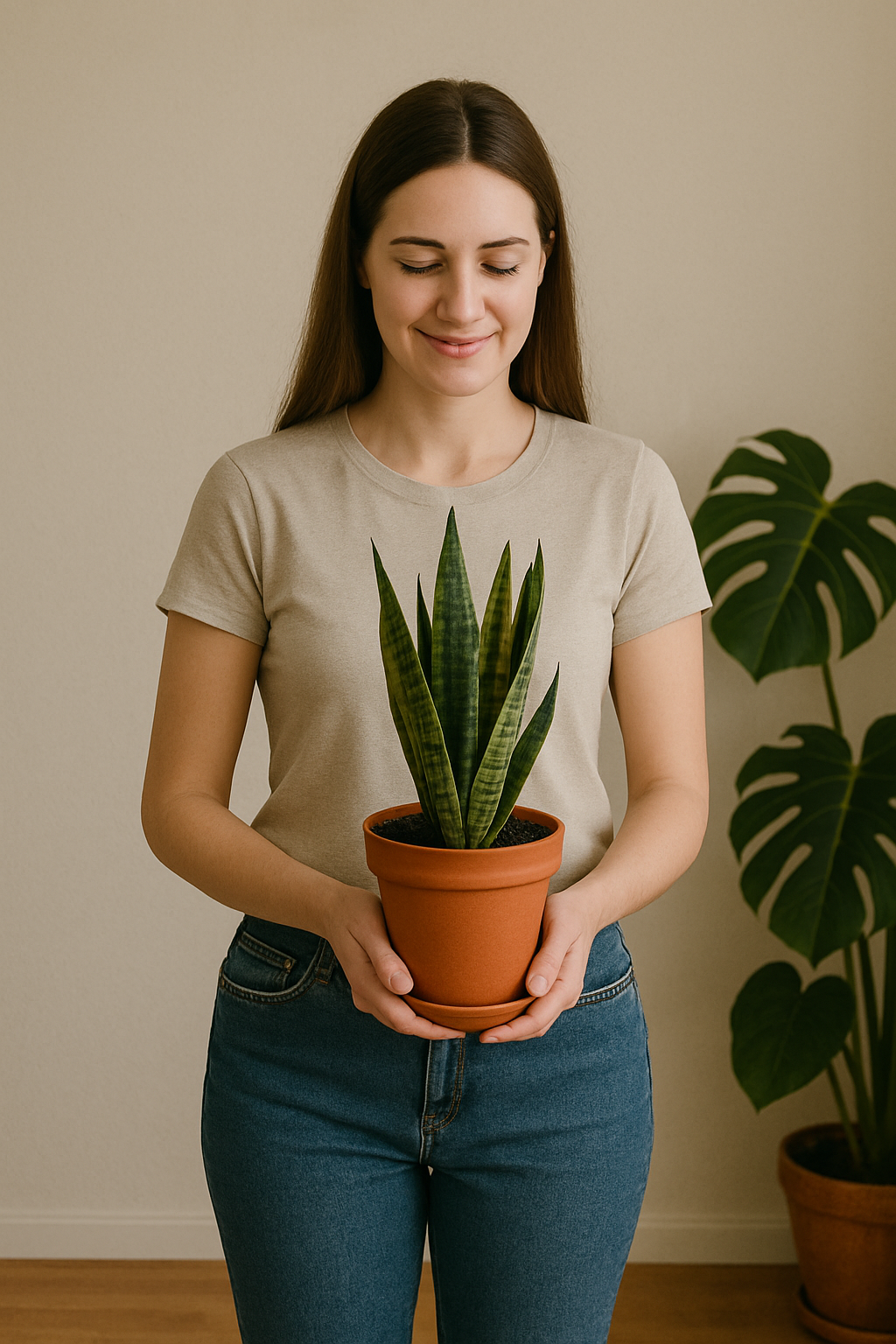Starting your indoor gardening journey in an apartment can be exciting but also a bit overwhelming — especially if you’re new to plant care. The good news? Some plants are incredibly forgiving and perfect for beginners who want to add greenery to their home without the fear of constant maintenance or accidental plant homicide.
In this guide, you’ll discover the best apartment-friendly plants for absolute beginners, plus practical tips to help you build confidence as a plant parent — all while making your space look and feel more vibrant.
Why Choosing the Right Plant Matters
Not all plants are created equal — especially when it comes to care level. As a beginner, the goal is to choose plants that:
- Are tolerant of occasional neglect
- Thrive in indoor environments
- Don’t require constant repotting or complicated care routines
- Adapt well to apartment conditions like low light or fluctuating humidity
With the right plants, your success rate skyrockets, your confidence grows, and soon, you’re ready for even more leafy companions.
Top 10 Easiest Apartment Plants for Beginners
1. Snake Plant (Sansevieria)
- Why it’s great: Nearly indestructible. Survives in low light and only needs water every few weeks.
- Care tips: Water when the soil is completely dry; don’t overwater.
2. Pothos (Epipremnum aureum)
- Why it’s great: Grows fast, trails beautifully, and tolerates various light conditions.
- Care tips: Let the top inch of soil dry before watering. Prune to control length.
3. ZZ Plant (Zamioculcas zamiifolia)
- Why it’s great: Super low maintenance and drought tolerant.
- Care tips: Thrives on neglect. Avoid direct sunlight and water infrequently.
4. Spider Plant (Chlorophytum comosum)
- Why it’s great: Air-purifying and produces “babies” you can replant.
- Care tips: Water regularly but allow the soil to dry between waterings.
5. Peace Lily (Spathiphyllum)
- Why it’s great: Signals when it’s thirsty by drooping, making it great for beginners.
- Care tips: Prefers medium, indirect light and consistent moisture.
6. Aloe Vera
- Why it’s great: It’s medicinal, easy to grow, and loves sunny windows.
- Care tips: Use cactus soil, water deeply but infrequently.
7. Cast Iron Plant (Aspidistra elatior)
- Why it’s great: Lives up to its name — extremely hardy and great for low light.
- Care tips: Let soil dry before watering. Tolerates occasional neglect.
8. Rubber Plant (Ficus elastica)
- Why it’s great: Sturdy structure and glossy leaves that add visual impact.
- Care tips: Prefers bright indirect light and moderate watering.
9. Chinese Evergreen (Aglaonema)
- Why it’s great: Beautiful foliage and grows well in low light.
- Care tips: Water when the top 50% of the soil is dry.
10. Succulents (Various Types)
- Why it’s great: Wide variety, aesthetically pleasing, and low watering needs.
- Care tips: Ensure good drainage and lots of light.
Basic Tools Every Beginner Should Have
You don’t need a fancy setup to succeed. Here’s a starter toolkit:
- Watering can with a narrow spout
- Moisture meter or simply use your finger to check the soil
- Pruning scissors for trimming dead leaves
- Plant food/fertilizer (for occasional feeding)
- Pots with drainage holes (non-negotiable!)
- Saucers or trays to catch excess water
Optional but useful:
- Grow light if you have limited natural light
- Humidity tray for moisture-loving plants like ferns
Simple Routine for Stress-Free Plant Care
Here’s a basic weekly schedule to get started:
Monday – Light & Soil Check
- Check which windows get morning or afternoon sun.
- Stick your finger 1 inch into the soil to test dryness.
Wednesday – Water Day (If Needed)
- Water plants that feel dry.
- Use room-temperature water.
- Avoid splashing the leaves too much, especially for succulents.
Friday – Dust & Inspect
- Gently wipe dust from leaves (especially large ones like rubber plants).
- Check for pests or yellowing leaves.
Sunday – Celebrate Growth
- Take a moment to appreciate new leaves.
- Rotate pots to ensure even light exposure.
This light maintenance routine ensures your plants get what they need without overwhelming you.
Common Mistakes to Avoid
Even beginner-friendly plants can struggle if you fall into these common traps:
- Overwatering: The #1 killer of houseplants. Always check soil moisture first.
- Lack of drainage: Waterlogged roots = root rot. Use pots with holes.
- Too much sun: Not all plants love bright light. Know what yours need.
- Moving plants too often: They adapt to their environment. Avoid frequent relocations.
- Using regular garden soil: Indoor plants need lightweight potting mixes with good aeration.
Avoiding these simple mistakes can save you time, money, and disappointment.
How to Know Your Plant is Happy
Beginners often worry they’re doing something wrong. Here’s how to spot success:
- New leaves or shoots are growing
- Leaves are firm and green (not drooping or yellow)
- No pests or spots are visible on the leaves
- Soil drains well and smells earthy, not moldy
If you’re seeing these signs, you’re on the right track!
When You’re Ready for the Next Level
Once you’re comfortable keeping your first few plants healthy, you might want to expand your collection. Try branching out to:
- Flowering plants (like orchids or begonias)
- Hanging plants for vertical decoration
- A small herb garden in the kitchen
- Propagating new plants from cuttings
Just remember — every plant has its own personality. Go slow and enjoy the process.
Your Beginner Garden, Your New Joy
Starting with the right apartment plants makes all the difference. When you choose low-maintenance, beginner-friendly varieties and integrate care into your regular routine, you set yourself up for success — and a home that feels calm, natural, and full of life.
No matter how small your apartment is, there’s room to grow something beautiful. And as your plants thrive, so will your connection to nature, your well-being, and your confidence as a proud new plant parent.
